Over the last ten years, plastic packaging has taken the hot seat when it comes to waste. PlasticsEurope noted in 2015 that there were an estimated 355 million tonnes of plastics in production. Sadly, that figure is expected to multiply by four by the year 2050. Yes, plastics play an important role when it comes to the food industry, but a better alternative is and has always been available: glass.
This raises the question… Are glass bottles better for the environment? Is glass packaging better than plastic? Is it better for packaging food products? Glass and plastics have their places in the world, but unfortunately, the latter is filling up landfills faster than facilities can keep up much to the detriment of the environment and consumer health. Glass packaging is making a resurgence and with reason. Our vice president of marketing, Murray Bain explains that the resurgence can be attributed to two main factors: the environment and new interest in small-batch, high-quality products. This blog further breaks down these factors into five reasons why glass milk bottles are better than plastic milk jugs and bottles. These reasons also apply to glass packaging vs plastic packaging as a whole.

- Environmental Benefits
Unlike its plastic cousin, glass is a fully sustainable and recyclable resource which also provides fantastic environmental benefits like a longer life cycle, lower carbon footprint, made of abundant natural raw materials and has better food preservation capabilities. Its ability to never lose its quality or purity allows for glass packaging to be reused multiple times whether its as a bottle or recycled into a new form. Glass is the only packaging product on the market that has an endless recycling life.
On the other hand, only 9% of plastics get recycled. A devastating 91% of plastics end up in the landfill, incinerators or tossed away as litter. In addition, the greenhouse gases emitted during other stages of its lifecycle, such as fossil fuel extraction and plastic manufacturing, also contributes greatly to the global warming crisis. At current levels of plastic pollution, it threatens our ability to keep the global temperature rise below 1.5°C degrees.
In today’s world, environmental-consciousness is a widely talked about issue and is a large selling point for many consumers. So much so, that 58% Gen Zs, 61% of millenials, 55% Gen Xs and 46% of Baby Boomers said they would pay more for eco-friendly or sustainable products. Studies show that consumers now have a deeper level of understanding of the damage being done by “throwaway” culture and single-use plastics. Not only do they assume this responsibility but they also hold the belief that corporations, businesses and manufacturers must also start providing more environmentally-friendly options.
This recent emergence of environmental consciousness even sparked a trend that the world’s biggest brands are now following. Corporate brands like Procter & Gamble Co., Nestle, PepsiCo and Unilever are exploring the idea of selling their products in glass, metal and other containers that are to be returned, sanitized and refilled to reduce waste.
“Tropicana is one of the leading juice brands in France and has long had a reputation for pioneering innovation. We are excited to see the reception from Paris consumers as we bring Tropicana and Quaker to them in this new way,” stated Anne-Sophie Carrier, Director of the Nutrition Division of PepsiCo France. Annually, only 9.5% of plastics get recycled, and people and brands have noticed, and most have taken action and are reaping the benefits. In 2018, Coca Cola confirmed that it noticed a 14% increase in sales for its glass-bottled products all over the globe. A step in the right direction.
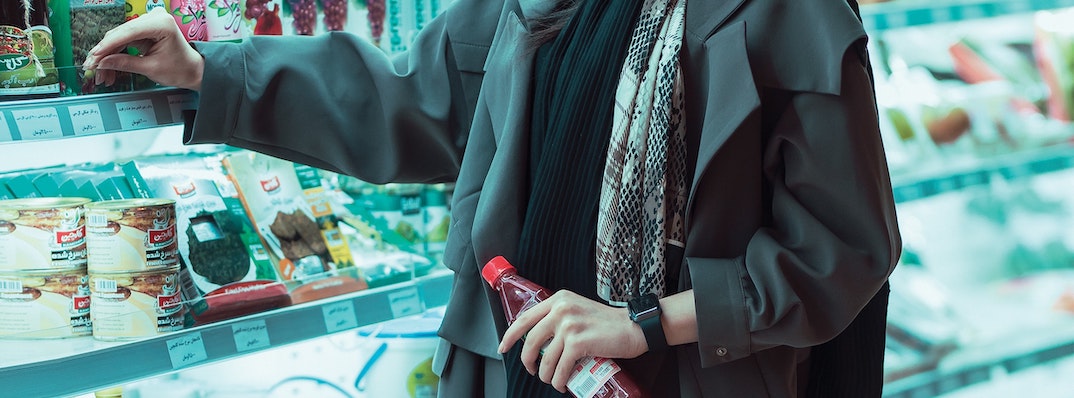
- A Long Lifespan
Aside from glass having an endless recycling life, glass is an ideal material for containing dairy and other food products. It extends food product shelf-life, preserves product quality and reduces food waste.
Unlike plastics, moisture is less likely to get in the container or bottle, keeping your food safe from mould or going stale faster than desired Plastic erodes over time which results in chemical leaching and altered taste. On the other hand, glass has to break to become contaminated physically. Glass better protects and conserves allowing consumers to enjoy their milk or other food products over a longer period of time and without worry.
Due to its inert nature, glass bottles can also be reused over and over again. Glass products can be easily and conveniently cleaned and sterilized in a way that ensures that they maintain its high-quality standard. In fact, Stanpac is a proud producer of Glass Bottle Washing Equipment! The washer holds up to 400 glass bottles, with an output of 34-40 bottles per minute. This equipment is designed to improve efficiency and maximize output while reducing environmental impact.
The compact footprint reduces space required while maximizing an effective washing cycle. It also allows for reduced running costs (water, electricity, detergent) while ensuring the glass bottles (and their lids) are thoroughly cleaned and sanitized. Its high-quality standards and advanced technology combined with skilled and reliable after-sales service, makes this model an excellent choice. Read more about the equipment here.
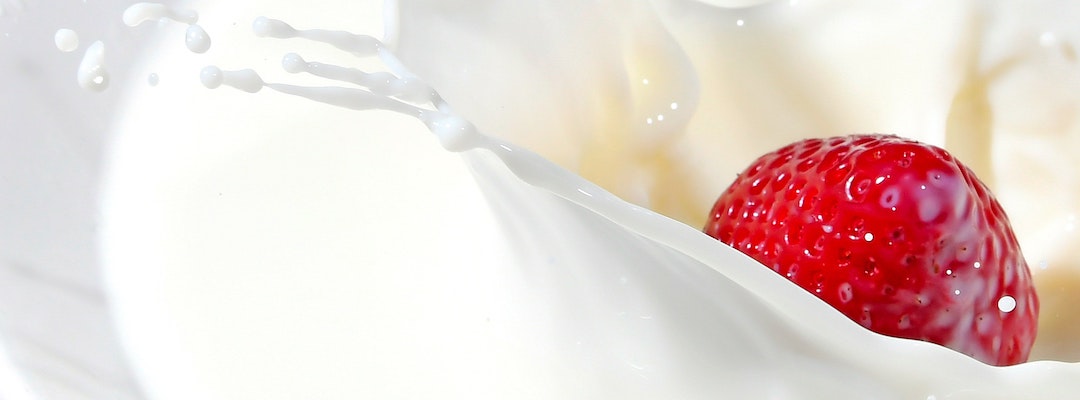
- Preservation of Taste
After in a hot car all day, water from a plastic water bottle has that taste that many can recall having experienced. This happens because as plastics heat up, the molecules will slowly seep into the water. As first mentioned in The Guardian, Dieter Schrenk (a professor a toxicology and food technology at the University of Kaiserslautern) says “the four enemies of food packaging: light, oxygen, time and heat”. Once these four elements come together, the compounds in plastic packaging break up and begin altering the flavour and smell of the food/beverage it contains.
As mentioned previously, glass is extremely inert, unlike plastic packaging. Dairy farmers, food business owners and consumers alike do not need to worry about their glass packaging breaking down and altering the smell, flavour and composition of their food products. Glass bottles preserve flavours much longer than other types of packaging, especially plastic. In addition to smell and flavour, glass preserves the vitamins and minerals that are found in food products like cows milk. As a pure material, it ensures that food and drinks that are found inside are not stained or stunted by the packaging.
What about packaging materials other than plastic and glass? Studies show that after testing aluminum, steel, glass and paper, glass is still the clear winner. The FDA has also widely deemed glass as generally recognized as safe (GRAS). GRAS is a designation that endorses the safety of food packaging and additives for use in contact with food. According to Joe Cattaneo, president of the trade association Glass Packaging Institute, GRAS is not given to other packaging materials.
Additionally, it is known amongst many consumers that glass bottles and glass containers maintain the quality and taste of the product better than any other packaging material. Since consumers are aware that glass is better, many are more likely to purchase food products in glass containers and continue doing so.
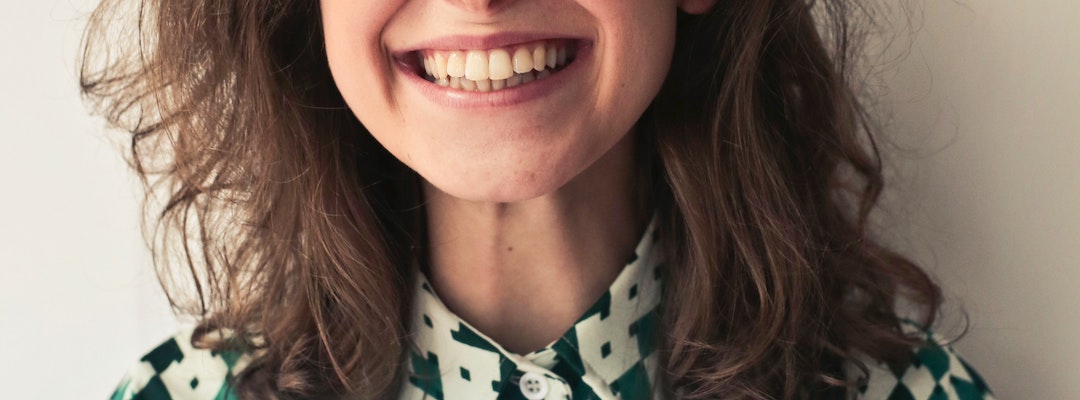
- Glass Is Better For Overall Health
The problem with plastic packaging is that harmful chemicals are leaching into the food and beverage people are consuming. They are unknowingly swallowing and ingesting toxins that are bad for their health, especially long-term. 99% of plastics are made of fossil fuels, meaning that it often contains nefarious chemicals such as BPA, phthalates and styrene which may leach into the packaged food products. Although Bisphenol A (BPA) might seem like an issue of the past, it still persists in water bottles and food packaging. But, what happens when toxins start seeping into what they’re trying to protect? It introduces health risks such as cancer, hormone imbalances, obesity, fertility issues and reproductive anomalies.
While contamination can happen at any temperature, it increases at a higher rate when plastic packaging is heated up. Research has shown that 90% of water bottles were contaminated with microplastics. This holds true even for the biggest water bottle brands in the world. This sparked a review from the World Health Organization who found of the 259 bottles tested, only 17 were free of plastics.
What makes glass safer than all other packaging materials? The materials that are involved in the making of glass. Silica sand is mixed with several other materials like Soda Ash (Sodium Carbonate), Limestone (mostly comprised of Calcium Carbonate) and Cullet (furnace ready, recycled, broken or waste glass – which aids in the lack of raw or new materials needed). For the FDA to give their approval, they consider anything the product is made with to be indirect food additives. Though glass and plastics aren’t actually in the food/beverage, they still need to be accounted for.
Since all the materials involved in the process are natural and do not pose a threat to an individual’s health, the FDA granted glass as GRAS (generally regarded as safe). Consumers can feel good knowing that when they drink milk in glass bottles, eat yogourt out of glass jars or anything else our of glass packaging, they are not ingesting packaging derived chemicals.
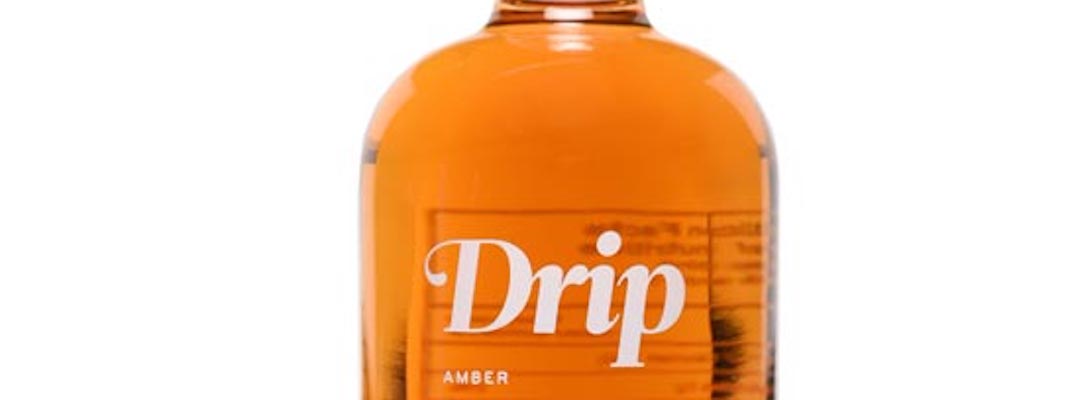
- Superior Branding and Product Perception
Packaging serves as a first introduction to the product. It leaves an impression and visually communicates what to expect from a brand and product. With that said, the look, feel and integrity of the packaging affects a consumer’s perception of a food products’ taste and quality.
With glass being a high quality material with a good reputation, investing in glass packaging is a great branding move for dairy farmers and food product businesses that are trying to communicate the superior quality of their product and their environmental-consciousness.
Glass packaging also stands out on the shelf and allows businesses to get creative with their label designs. Many decide to skip the traditional paper or plastic label for glass printing and bottle decorating, otherwise known as Applied Ceramic Labelling (ACL) – a form of screen printing. This glass printing method allows brands to design beyond the boundaries of a traditional label; the glass bottle and glass jar is a canvas that can be used almost in its entirety. The UV inks used are extremely durable and retain its vibrancy through washes. This results in a premium, distinctive package that retains its print integrity through multiple uses. This is a top choice amongst dairy farmers and other food businesses that reuse their glass food packaging. Glass printing and bottle decorating is also a service that we provide here at Stanpac.
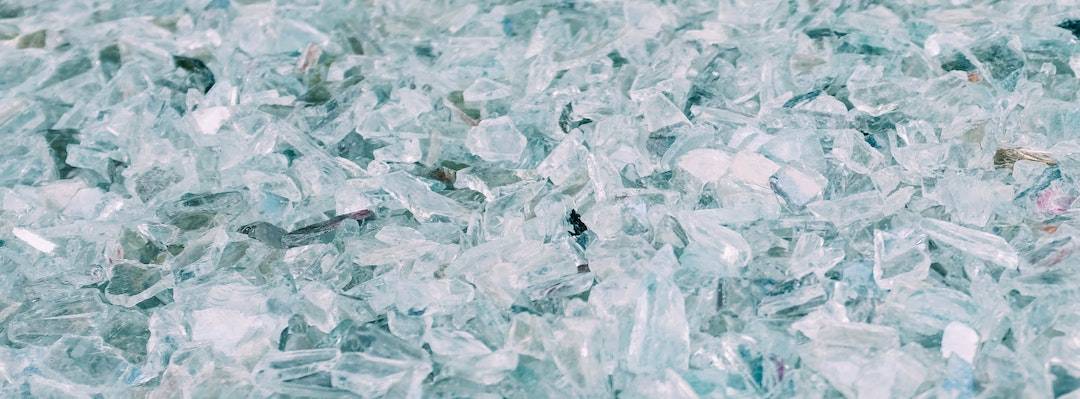
Are There Downsides to Glass Packaging?
Amongst the numerous benefits of glass packaging, there are downsides. However, it’s not as horrible as some might think. The first downside is transportation costs. Since glass is heavier than plastic, it increases shipping costs. Additionally, since glass is more fragile, there is also the possibility of breakage.
Our Vice President of Marketing, Murray Bain sat down with the kind folks at FoodDive and discussed the resurgence of glass packaging and the pros and cons that come with it. Below is an excerpt from that article,
Though there are downsides to any packaging material, sometimes the positives outweigh the negatives. However, it’s important for those in charge to do their research and make the decision that feels the most appropriate for their situation.
What Does the Future of Glass Packaging Look Like?
Sustainability is the motto for so many people moving forward from 2019. As more and more come to the conclusion that the only way to ensure Earth’s longevity is through sustainable measures, glass will be at the front and centre on the packaging front. As mentioned before, glass is inert, infinitely recyclable, reusable, reduces food waste and contains 100% natural materials, making it the ideal choice for sustainable practices.
Humans are consuming almost double the amount of plastic than what Earth is able to produce, making it unsustainable long-term. On the bright side, big and small businesses are making positive changes. Major brands like Pepsico have already started making steps towards a greener future by introducing refillable containers. Shops all around the world are also inviting their customers to bring in their own containers for reuse and for a discounted price on goods. Additionally, the demand for bottled water has already seen a decline in the past few years.
What now? How do businesses make a difference?
Making the switch the glass packaging will benefit the business, consumers and the earth. However, if glass packaging isn’t suitable for a certain food product like ice cream, switching to paper packaging lined with bio-based polyethylene can be a great eco-friendly alternative.
To make the switch to glass packaging, call us at 905.957.3326 and a customer representative will gladly provide product recommendations and answer questions. Alternatively, visit our online wholesale shop to browse all of our Stanpac glass products.
